The population of The Islands of Tahiti is committed to the preservation and protection of endangered species. Increased public awareness of the environmental challenges facing French Polynesia is helping to drive the implementation of a sustainable tourism that will protect our fenua, the ocean and the unique biodiversity of our islands.
The geographical isolation of French Polynesia, means that there are many endemic species in these islands. Some of them are in serious danger of extinction, and the DIREN (the government department responsible for managing and controling the environment), in collaboration with local communities and various other local organizations, is introducing a series of protective, preservational and educational measures. For instance: local authorities have created several limited marine areas around the atolls, designed to protect the reefs and their ecosystem; preservation programs have been introduced to protect plants, birds and insects in the islands; a policy of sustainable management of natural resources, such as forests, rivers and lagoons, has been adopted, to promote farming that is respectful of the environment; a public awareness plan aimed at local communities and tourists, has been developed to inform residents and visitors about environmental challenges, preservation of the biodiversity and good ecological practices. Also, various marine areas have been set aside for educational purposes, where schoolchildren can get hands-on training about the methods used for the management and protection of the marine environment.
Endemic species of
The Islands of Tahiti
The Marquesas and Austral Islands are home to numerous endemic species that are in danger of extinction. These include the tiny and colorful, ultramarine lorikeet in Ua Huka, and the Kuhl’s Lorikeet, or vini ‘ura of Rimatara. In 2022, there were 1,500 vini ‘ura still living in the wild in French Polynesia, but today the only birds left are on the island of Rimatara. One of the principal dangers to these birds is the black rat, which steals their eggs, and an association has been set up to try to protect the nests from these invasive rodents.
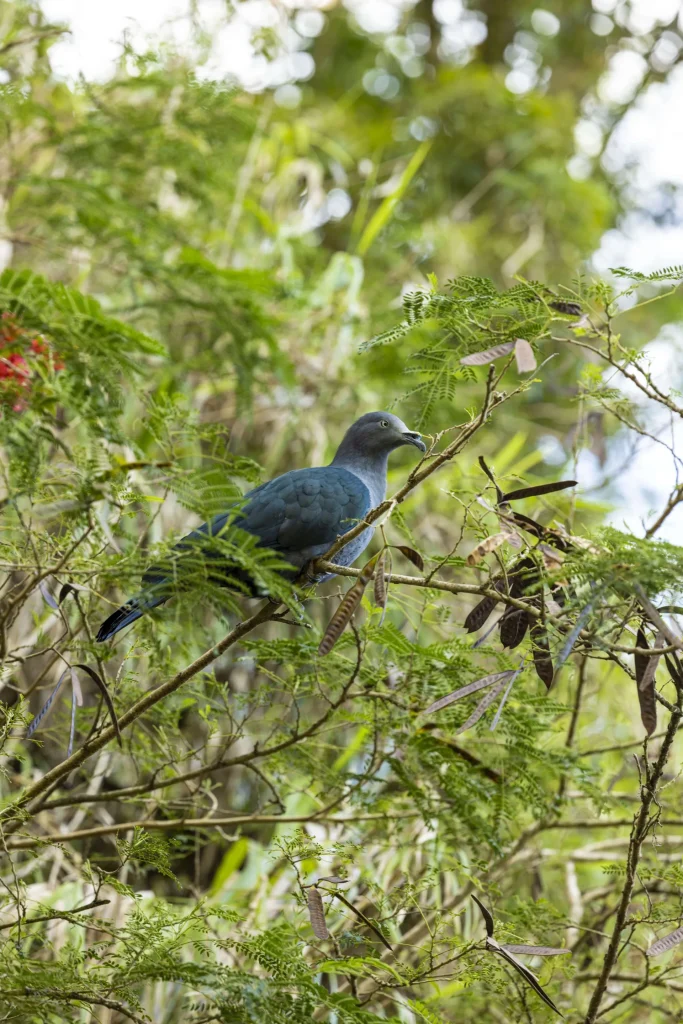
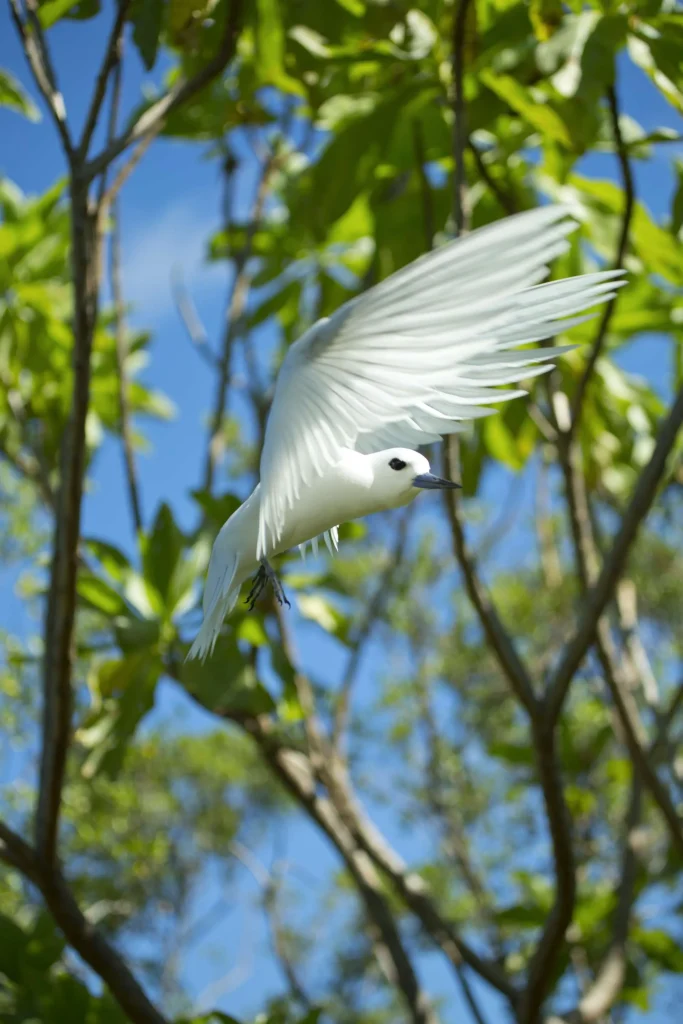
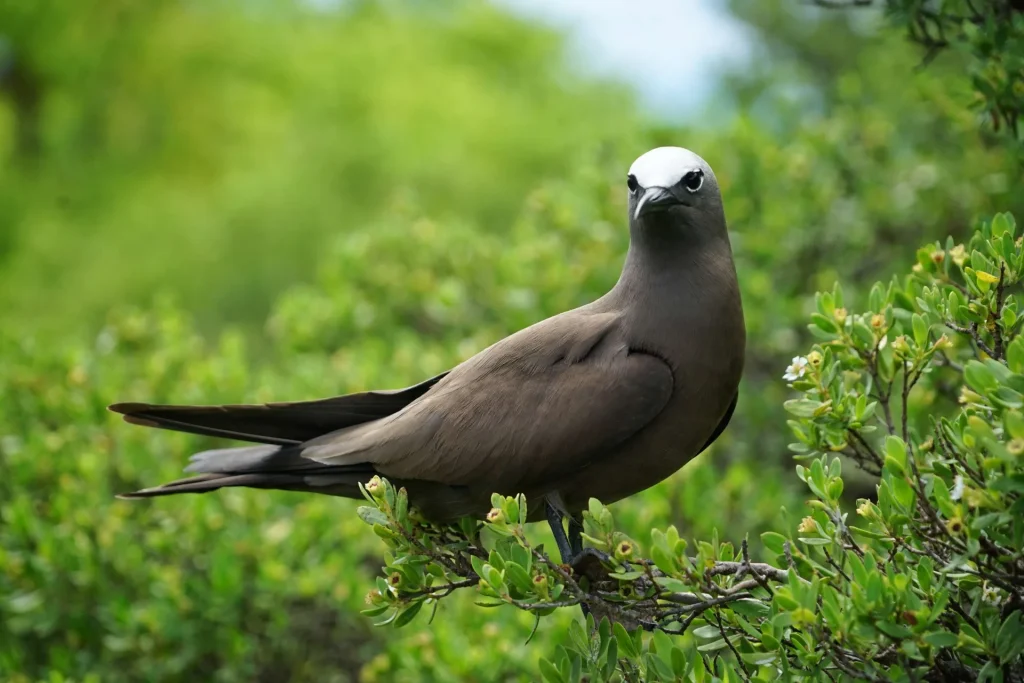
Several ornithological reserves have been established to help preserve this vital part of the biodiversity of French Polynesia. Bird Island, on Tetiaroa atoll is a sanctuary for many species of birds and a nature observation site. The atoll of Tikehau in the Tuamotu Islands, is also home to several bird species threatened by human activity. Another surveillance has been set up, that of the nesting of marine turtles, endangered by human activity. The protection of the fragile flora and fauna of the Tuamotu Islands requires a sustained effort.
Environmental associations on the front line
The association, Manu, works for the protection of all bird species present in The Islands of Tahiti. It participates in the creation of new ornithological reserves and the monitoring of existing ones. It also conducts educational campaigns aimed at increasing awareness of the importance of protecting the biodiversity. The associations Mata Tohora and Océania, are dedicated to the protection and monitoring of the humpback whales that visit our waters. The Vigi Sanctuaire program was created in partnership with the local authorities, as an educational and research program focused on the preservation of this species of whale.
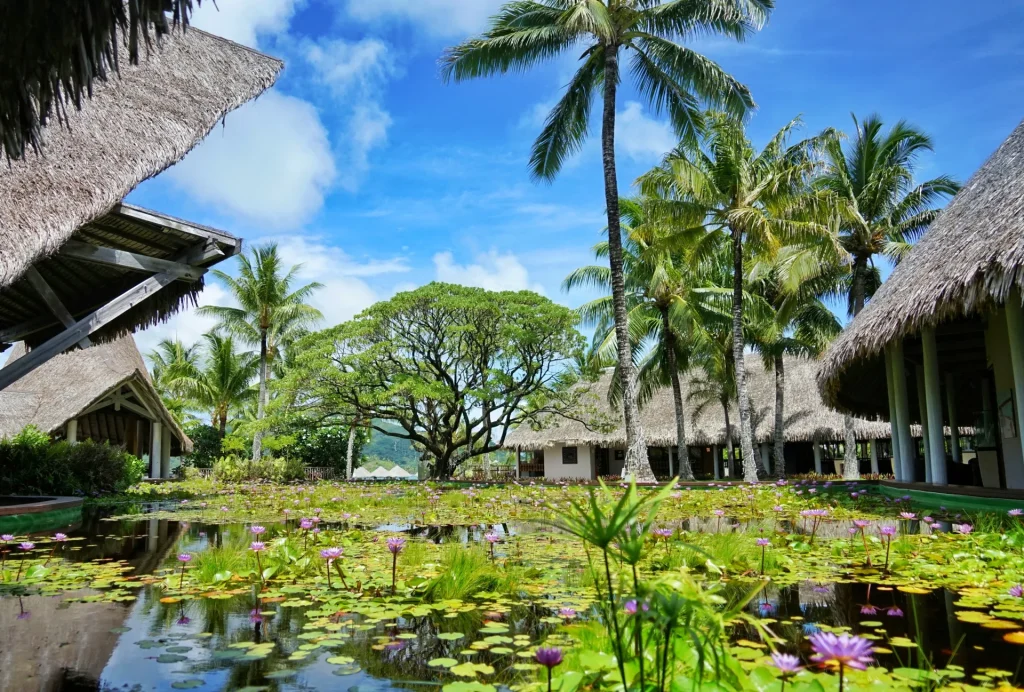
The association, Te Mana o Te Moana, works to increase awareness about the necessity to protect the ocean, notably through educational courses in schools about marine species, coral reproduction and environmental protection. It also acts for the protection of sea turtles and their nests, which are threatened by human activity. The Coral Gardeners association in Moorea was set up by a group of young surfers, alarmed at the delapidated state of the coral reef. Through public awareness campaigns and the novel idea of coral adoption by visitors and local inhabitants, the association is helping to regenerate the threatened coral.
Themes

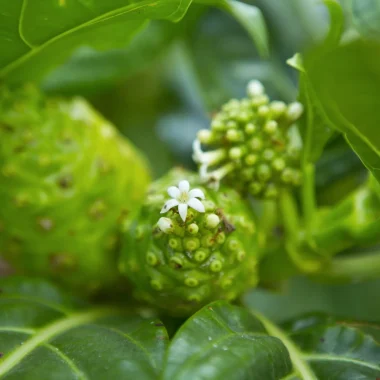
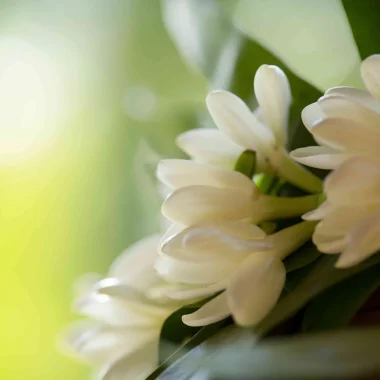
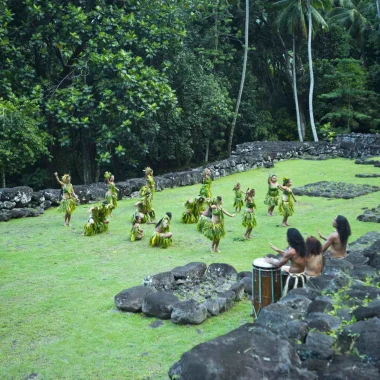
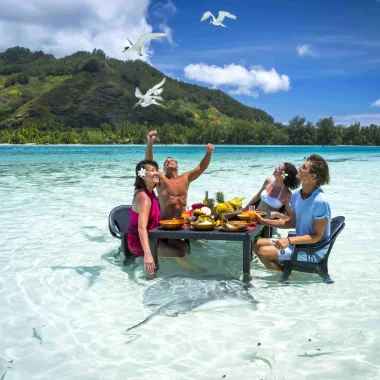
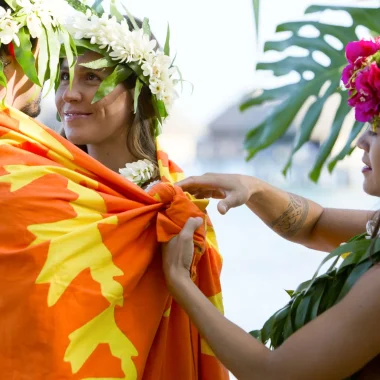
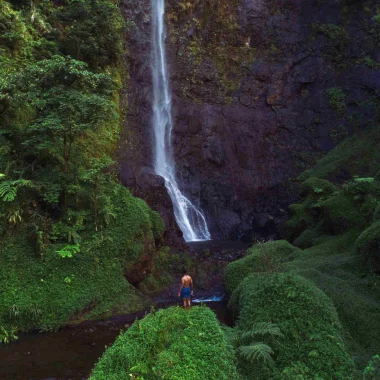

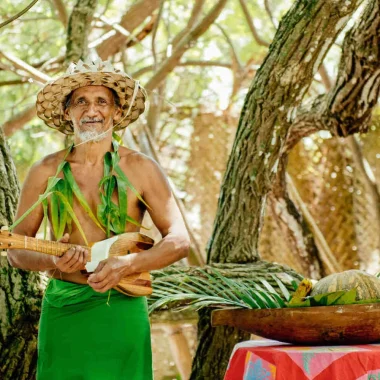
 América del Sur
América del Sur
 Australia
Australia
 Belgique
Belgique
 Brasil
Brasil
 Canada (EN)
Canada (EN)
 Canada (FR)
Canada (FR)
 Deutschland
Deutschland
 España
España
 France
France
 Italia
Italia
 Mexico
Mexico
 Polynésie française
Polynésie française
 New Zealand
New Zealand
 Schweizerisch (DE)
Schweizerisch (DE)
 Suisse (FR)
Suisse (FR)
 United Kingdom
United Kingdom
 United States
United States
 한국
한국
 中国
中国
 日本
日本